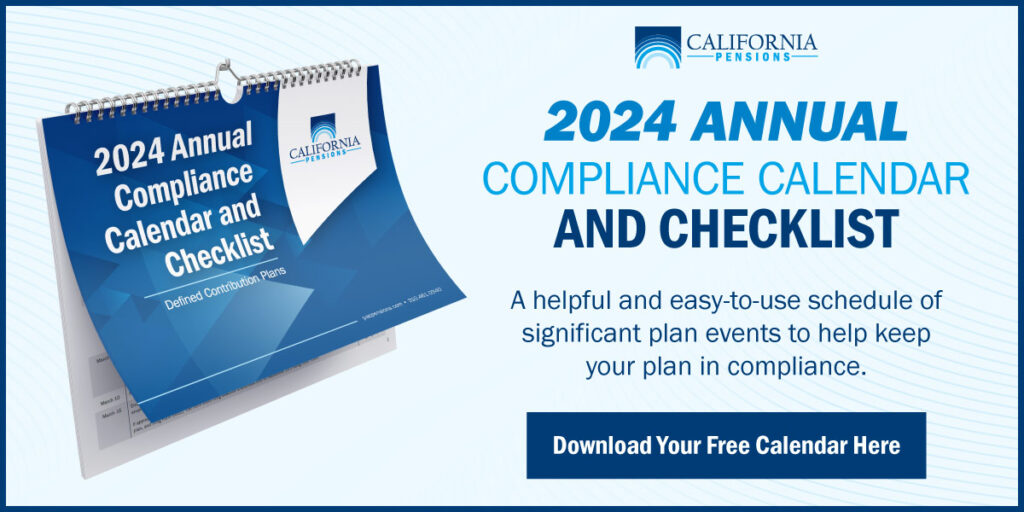Recently, the Internal Revenue Service announced It would be raising the maximum contribution limits for tax-deferred retirement plans by 9.8% in 2023. This is an exciting development for both plan sponsors and employees. With a variety of retirement plans to choose from, learn about the limits for each applicable plan type to discover which plan is best for you.
Don’t Know Which Plan is Right for You? – Download Our Retirement Plan Comparison Guide!
Plans and Maximum Contribution Limits
401(k), 403(b) and 457(b) – $22,500*
401(k) plans are perhaps the most popular because they are qualified tax-advantaged vehicles that allow employees to save a portion of their paycheck. 403(b) is similar in this regard; however, they are only available to select government employees and non-profit organizations.
While having the same maximum contribution limit, the 457(b) differs in that it is a tax-deferred compensation plan strictly utilized by government employees and some non-profit organizations.
*Those aged 50 years or older may make an additional $7,500 catch-up contribution for a total of $30,000
Profit Sharing – $66,000
While the maximum contribution limit is the highest amount out of the plans, it is unique in the fact that company contributions are made on a discretionary basis. This plan’s flexibility allows for sponsors to decide what amount, if any, they’d like to contribute on a yearly basis.
Defined Benefit and Cash Balance – $265,000 Maximum Annual Benefit
Defined benefit plans differ greatly from defined contribution plans like 401(k)s and profit-sharing plans in that contributions are not accumulated in an individual account. Instead, employees receive a specific monthly benefit that’s accessible at a specified retirement age. Because of this plan’s potential for high contributions, retirement funds can be accumulated at a more rapid rate. These plans are funded entirely by the sponsor, and it is up to the employer to ensure contributions meet the promised benefits, regardless of company profits and earnings.
Cash balance plans on the other hand, integrate parts of a defined benefit plan and a defined contribution plan. This is why they’re sometimes referred to as “hybrid plans.” Much like a defined benefit plan, the employer bears both the responsibility and risks. However, much like a defined contribution plan, the employee’s benefit is expressed as a hypothetical account balance.
A Plan That Meets Your Needs
Finding the right retirement plan that meets your needs can be challenging. Adding the extra consideration of how you want to utilize contributions may even seem overwhelming. California Pensions is here to provide expert advice. Click here to start the conversation on how we help make retirement planning easier.


